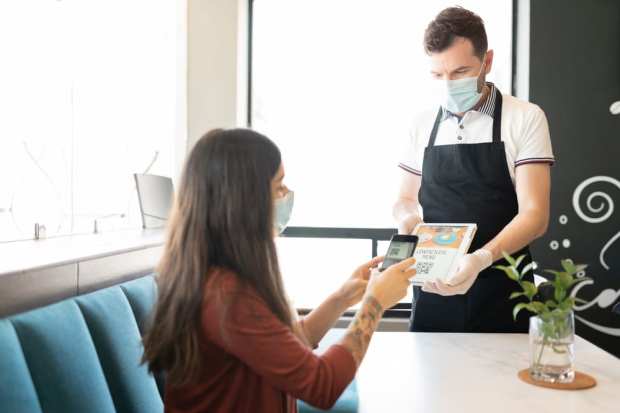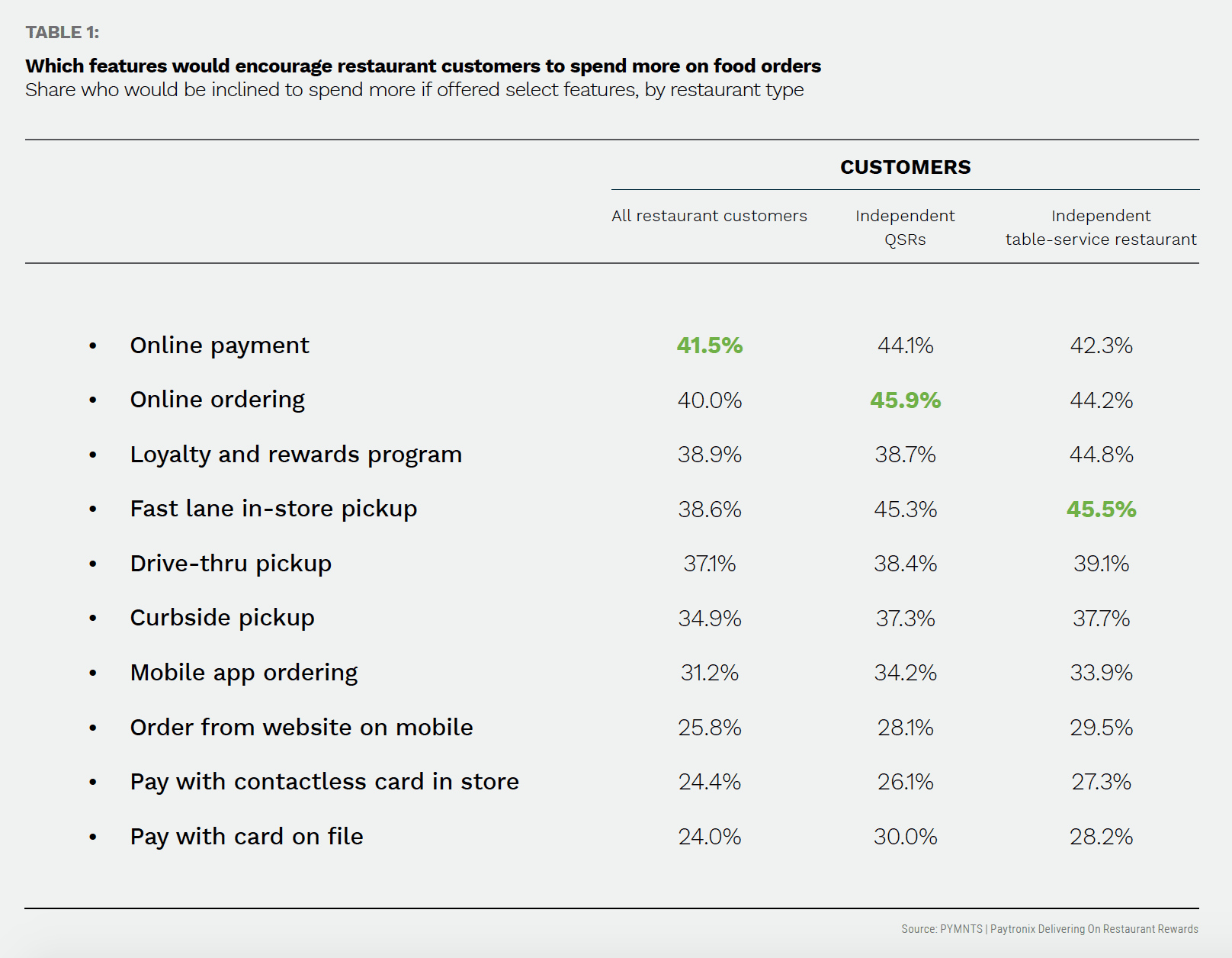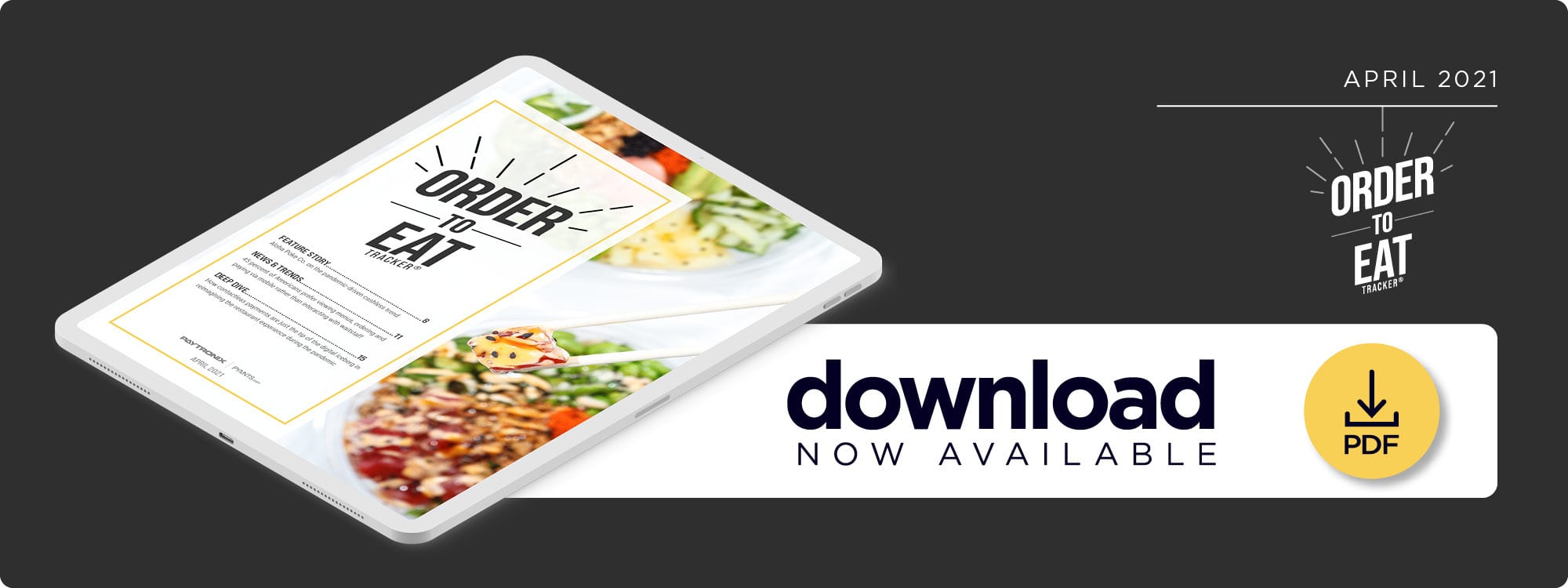Deep Dive: How The Pandemic Has Driven Reduced Cash Use In The QSR Space

The pandemic has changed consumers’ lives in many ways, but perhaps one of the most obvious is an increased sensitivity toward and awareness of cleanliness. There is little scientific evidence to support that the COVID-19 virus can live on the surface of and be transferred by cash, but many agree cash is fundamentally dirty. Paper currency collects germs as it travels from hand to hand more than two miles every day. This fear of putting employees and consumers at risk was too great for restaurant operators to ignore.
U.S. restaurants took to social media almost immediately after the World Health Organization (WHO) declared the pandemic on March 11, 2020. Restaurants asked customers to avoid using cash. Seattle, Washington-based burger chain Dick’s Drive-In put up signs asking patrons to pay with debit or credit cards rather than cash out of an abundance of caution. Other establishments were more straightforward: California-based Mexican restaurant Zocalo requested that consumers only use touchless payments, reducing the number of touchpoints between customers and employees. Zocalo patrons could only pay for to-go orders using a credit or debit card online or by using payment options on their mobile phones. This all followed a bill that a California state senator introduced in February 2020 requiring businesses to accept cash payments. Not doing so shuts out those belonging to lower-income groups and those who may not have access to digital banking services.
Despite governing bodies requiring that cash still be accepted, restaurants made continued efforts to encourage the use of a variety of contactless payment methods. The following Deep Dive examines how the pandemic has reduced cash payments in the quick-service restaurant (QSR) space as eateries innovate their contactless offerings to meet consumers’ changing needs.
Looking Beyond Card Payments For Contactless Options
Eight percent of American sellers were cashless at the start of the pandemic, but that figure surged to 31 percent by April 2020, according to one report. Recent data showed that consumers around the world prefer contactless payments, with 82 percent now viewing contactless as a more sanitary way to pay and 75 percent saying they plan to continue using contactless payments even after the pandemic has subsided. Restaurants serving everything from fast food to fine cuisine have had to rethink their operations to accommodate this cashless shift and keep their wallet share in an increasingly competitive sector.
Beyond increased dependence on credit and debit cards, consumers are also becoming more comfortable paying with virtual wallets, such as Apple Pay and Google Pay. Because these virtual wallets leverage near-field communication, consumers can easily complete payments with their phones, watches and other smart devices, making it safe and easy to transact during the pandemic. The rise in demand for contactless technologies is unavoidable as 82 percent of customers said that contactless payments would help them feel safer when dining in. Eighty-one percent also said contactless ordering options would make them feel safer.
During Apple’s Q4 earnings call in October 2020, CEO Tim Cook said “contactless payment has taken on a different level of adoption. And that I think we’ll never go back.” More than 27 percent of U.S. consumers have not paid with cash since the start of the pandemic, indicating just how significantly the crisis is changing consumer shopping behaviors.
Why Continued Innovation Is Key
Along with updating accepted payment methods, restaurants across the U.S. began beefing up their mobile app capabilities, implementing tableside tablets, QR codes and other contactless systems that promote operational efficiency and eliminate touch points for customers and employees. Burgers and fries chain Five Guys deployed a text-to-order-based system that prompts customers to text the keyword MENU to a short code number to receive a list of menu options and reply with an order, for example. Five Guys also allows users to save their favorite orders for faster service in the future. The ability to add specific details to orders and avoid elongated web experiences makes text-to-order a useful conversion tool for the company.
These efforts are worth the investment, too: Nearly 45 percent of American consumers have preferred to view menus, order and pay through their mobile devices during the pandemic. The ability to pay and order online is among the top features that would encourage customers to spend more on their food orders at nearly 42 percent and 46 percent, respectively.

There has been a rise in technology investments among restaurant operators looking to reimagine the entire customer journey as convenient, contactless restaurant experiences grow in popularity. One survey found that 68 percent of restaurant operators believe their technology spend will either “somewhat” or “significantly” increase in the coming years, for example.
Restaurants ultimately have to determine which technologies are best suited for their customers to support social distancing and allow them to feel safe. Adopting more features that help meet consumers where they are in terms of their desires for convenience and safety will continue to shape the restaurant industry in 2021 and beyond.

